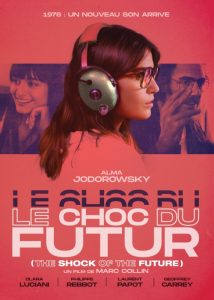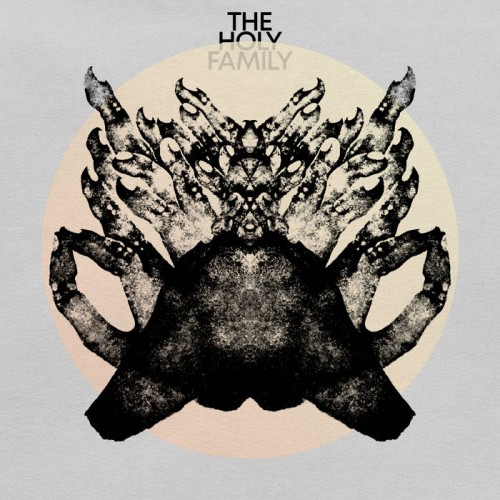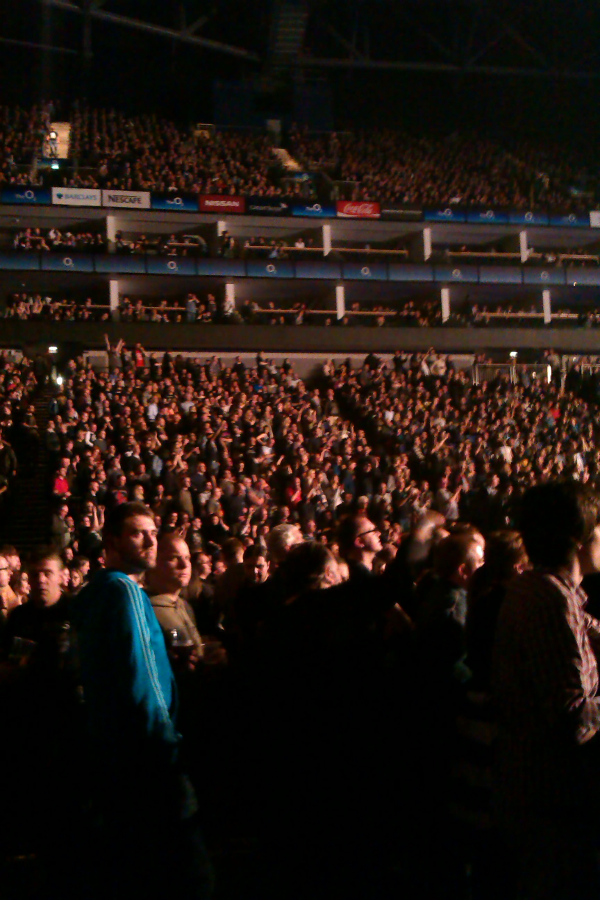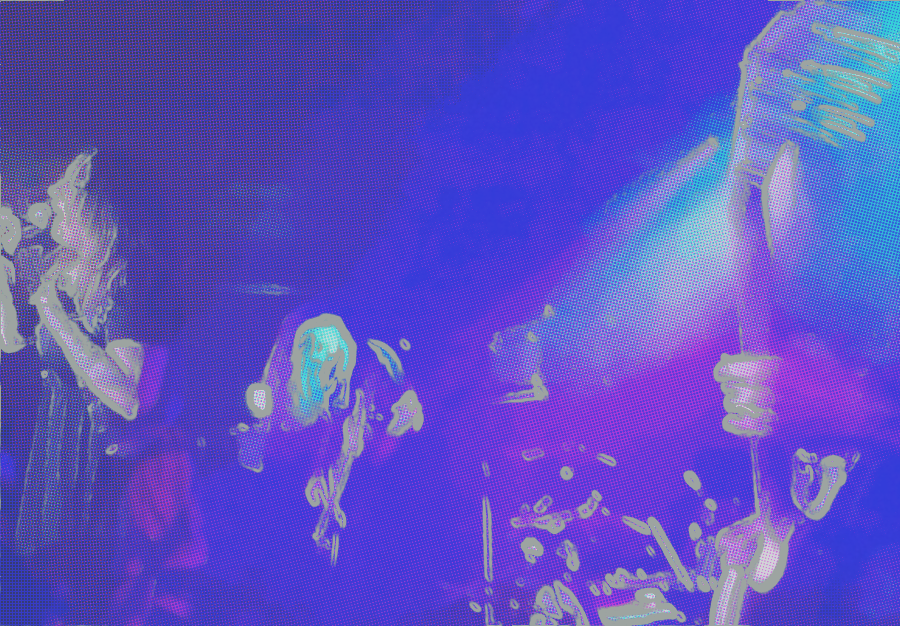 Nouvelle Vague‘s Marc Collin adopts a fly-on-the-wall approach with Le Choc du Futur to transport you back in time to a synthetic studio in 1978, peeling back the years to remind us why electronic music truly matters.
Nouvelle Vague‘s Marc Collin adopts a fly-on-the-wall approach with Le Choc du Futur to transport you back in time to a synthetic studio in 1978, peeling back the years to remind us why electronic music truly matters.
It’s difficult, if not perhaps impossible, to truly maintain a perspective on the past, especially in regards to technology. Technology that is now commonplace, like holographic projectors or virtual reality, could have seemed like something out of The Jetsons or Back To The Future 2 not even ten years ago. It’s easy to forget how truly revolutionary some technological innovations were, especially in music. French director and musician Marc Collins sets out to remedy that with Le Choc du Futur, or The Shock Of The Future, a cinematic time machine back to the year of our lord 1978.
Suddenly inspired, Ama can’t bring herself to complete the banal jingle for which she’d already accepted payment from the sleazy Jean-Mi (Philippe Rebbot), the quintessential rock ‘n’roll dinosaur. He demands his money back, causing Ana to call in a loan from Duncan (Geoffrey Carey), a good-natured artist friend who believes in Ana and her music. He says he’ll bring it to that evening’s party, where several music industry bigwigs will be in attendance.
Le Choc du Futur takes you back to a time when music really mattered. When someone would turn down a thousand pounds because they just couldn’t bring themselves to churn out the bullshit. And with electronic music and technology being so omnipresent in our daily lives, it’s hard to remember, let alone feel, how truly revolutionary electronic music was when it was first emerging; how violent and combustible the clashes between the old and the new; between human and machine were, with the rallying cry of “Disco sucks!” summing up the testosterone-dripping phobia of the rockers, causing Fahrenheit 451 bonfires that even the tsk-tsking parents and squares of the 1950s might’ve found too extreme.
All in all, Le Choc du Futur serves as both a time capsule and time machine. 99% of the movie takes place inside Ana’s studio / apartment, practically spinning out in real-time. Seeing Ana’s passion for electronic music — drooling over new records her friend brings over, the endless possibilities of a rhythm-synced synthesizer, the possibilities of disco music played by musicians, will remind you why you cared about electronic music in the first place. Or it will make you care, if you didn’t already, if you take its journey and truly listen.
-J Simpson-



